Introduction
Stir-frying, a cornerstone of Asian cuisine, has captivated home cooks and professional chefs alike with its ability to transform simple ingredients into flavorful dishes in minutes. At the heart of this technique lies a seemingly simple yet fiercely debated question: Should you add water when stir-frying? On one side, purists argue that water dilutes flavors, disrupts the Maillard reaction, and results in soggy textures. On the other, advocates claim that strategic water use can prevent burning, ensure even cooking, and unlock unique culinary possibilities. This article delves into the science, culture, and practicality of adding water during stir-frying, exploring how this decision impacts taste, texture, and tradition. By examining historical contexts, culinary chemistry, and expert opinions, we aim to equip readers with the knowledge to make informed choices in their kitchens.
The Art and Science of Stir-Frying
Stir-frying originated in China over 2,000 years ago, designed to cook food quickly over high heat in a wok, a round-bottomed pan that distributes heat evenly. The technique relies on three principles: high temperatures (typically above 375°F/190°C), minimal oil, and constant stirring to prevent burning. Traditionalists emphasize that stir-frying is not merely a cooking method but a dance between fire, metal, and ingredients. The goal is to sear proteins and vegetables, creating complex flavors through caramelization and the Maillard reaction—chemical processes that occur when sugars and amino acids interact under heat.
Water, however, is the antagonist in this narrative. At 212°F (100°C), it boils far below the ideal cooking temperature for stir-frying. Introducing water into a sizzling wok can lower the pan’s temperature, potentially stifling the Maillard reaction and leading to steamed rather than seared ingredients. Yet, modern cooks often face dilemmas: uneven stovetop heat, delicate vegetables prone to burning, or recipes demanding tender textures. Here, water—or broth, stock, or sauces—enters the equation as a tool, not an enemy.
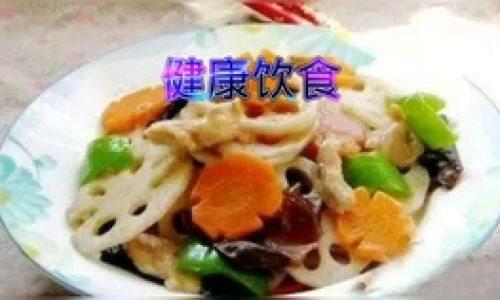
The Case for Adding Water
-
Preventing Burning and Ensuring Even Cooking
High heat is stir-frying’s ally, but it can also be its foe. Ingredients with high sugar content (e.g., carrots, onions) or delicate structures (e.g., spinach, bean sprouts) risk charring before cooking through. A tablespoon of water added to the wok creates steam, raising humidity and moderating temperatures. This “steam-frying” hybrid technique allows ingredients to cook gently while retaining vibrant colors and nutrients. For example, in stir-fried bok choy, a splash of water helps wilt the greens without turning them mushy. -
Tenderizing Tougher Ingredients
Fibrous vegetables like broccoli or dense proteins such as beef require longer cooking times. Adding water in stages creates intermittent bursts of steam, breaking down cell walls without overcooking. This method, popular in Chinese hong shao (red-braised) dishes, results in tender yet intact ingredients. -
Enhancing Sauce Consistency
Water-based liquids (e.g., soy sauce, oyster sauce, or broth) are often added to deglaze the wok, scraping up caramelized bits (known as fond) and creating flavorful sauces. A small amount of water helps these liquids emulsify, coating ingredients evenly. For instance, in kung pao chicken, a slurry of water and cornstarch thickens the sauce, clinging to peanuts and chili peppers.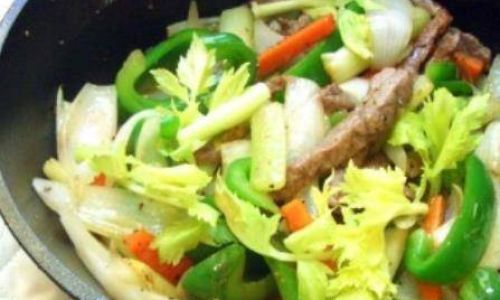
-
Culinary Innovation
Contemporary chefs experiment with water to create textures unattainable through traditional methods. Velveting, a technique where meat is marinated in cornstarch and oil, sometimes includes water to ensure a silky coat. Similarly, in vegan stir-fries, water replaces oil for a lighter finish.
The Case Against Adding Water
-
Sacrificing Flavor and Aroma
The Maillard reaction and caramelization are stir-frying’s flavor powerhouses. Adding water halts these processes, leaving dishes less aromatic and more one-dimensional. A study by the Journal of Food Science found that seared beef develops 30% more flavor compounds than boiled or steamed counterparts. -
Soggy Textures
Water introduces moisture, which vegetables absorb, leading to limp textures. Crisp-tender vegetables like snow peas or bell peppers lose their bite when steamed. Purists argue that proper technique—preheating the wok, cutting ingredients uniformly, and stirring vigorously—eliminates the need for water.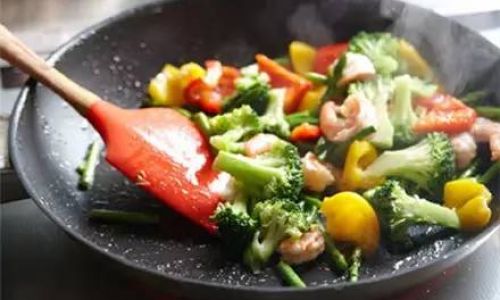
-
Cultural Authenticity
Traditional Chinese stir-frying rarely uses water. Chefs like Grace Young, author of Stir-Frying to the Sky’s Edge, advocate for “wok hei” (breath of the wok), the smoky flavor imparted by high heat. Water, they claim, washes away this essence. -
Health Concerns
While water itself is harmless, over-reliance on it can lead to overcooking, destroying heat-sensitive nutrients like vitamin C. A 2018 Nutrition Journal study noted that stir-fried vegetables retain 70% more nutrients when cooked without water.
Cultural Perspectives
The water debate reflects broader regional and generational divides. In southern China, where woks are omnipresent, cooks rarely add water, prioritizing searing. In contrast, northern Chinese cuisine, with its heartier stews, sometimes incorporates water for softer textures. Similarly, Japanese itamae (sushi chefs) avoid water in yakimono (grilled dishes), while Thai cooks occasionally use coconut water for subtle sweetness.
Modern fusion cuisine further complicates the issue. Chefs like David Chang of Momofuku fame experiment with water-based braises, blending techniques from East and West. Meanwhile, home cooks armed with electric stoves—which lack the intense heat of gas burners—often turn to water as a crutch.

Practical Tips for Decision-Making
-
When to Add Water
- Delicate Greens: A teaspoon of water can wilt spinach without burning.
- Sticky Ingredients: Rice or noodles benefit from water to prevent clumping.
- Thick Sauces: Water helps incorporate cornstarch without lumps.
-
How Much to Use
- Less is more: Start with 1–2 tablespoons, adding more only if necessary.
- Use broth or wine for added flavor.
-
Timing Matters
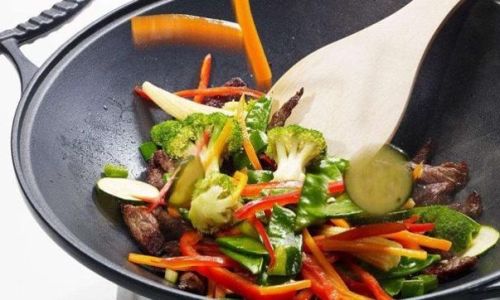
- Add water during the final minutes to create steam, not at the start.
- Avoid covering the wok, which traps moisture and softens textures.
-
Equipment Considerations
- Carbon-steel woks retain heat better, reducing the need for water.
- Nonstick pans may require water to prevent sticking.
Debunking Myths
- Myth: “Adding water always ruins stir-fries.”
- Reality: Controlled water use can enhance textures without sogginess.
- Myth: “Traditional recipes never use water.”
- Reality: Historical texts like The Essentials of Chinese Cooking (19th century) mention water in braising techniques.
Conclusion
The decision to add water when stir-frying hinges on context: the ingredients, desired outcome, and culinary tradition. While purists champion high-heat searing, modern cooks embrace water’s versatility. The key lies in balance—using water judiciously to complement, not dominate, the dish. Experimentation is encouraged: try adding a splash to broccoli and compare it to a water-free version. Ultimately, stir-frying remains a dialogue between fire and food, with water as one voice in the chorus. As culinary boundaries blur, so too do the rules, inviting us to redefine what it means to stir-fry—with or without a drop of water.
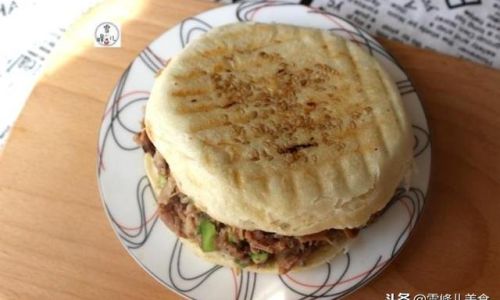


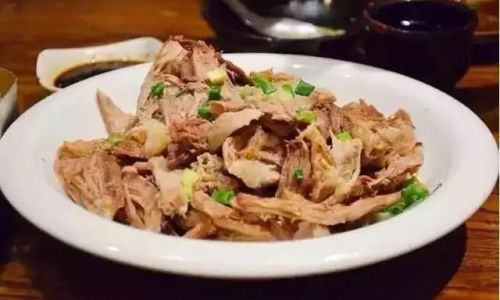


0 comments